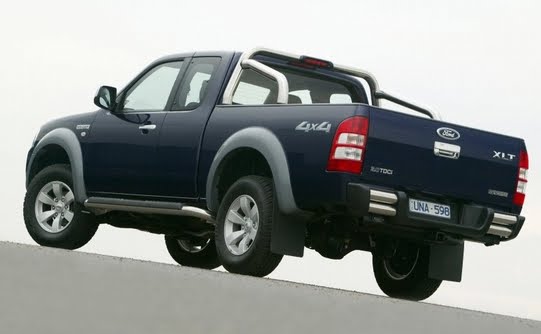Short Description
The 1999 Ranger Electric Vehicle is very similar to the gas-powered Ranger in appearance, interior and controls. The Ranger Electric Vehicle was built to be transparent from the gas-powered Ranger. There are enough differences that you should read this manual. Operation is the same, but some functions are different. The regular Ranger owner’s manual covers common systems. This Owner’s Guide Supplement contains the information specific to the Ranger Electric Vehicle.
Website: www.evnut.com | Filesize: 442kb
No of Page(s): 62
Content
…
1. Make sure all vehicle occupants have buckled their safety belts. For more information on safety belts and their proper usage, refer to the seating and safety restraints chapter in the Ranger owner guide.
1. Make sure the parking brake is set.
2. Make sure the gearshift lever is in P (Park).
3. Turn the key to the START position and release. The Motor Enabled gauge will point to the ON position, indicating the vehicle is on.
4. Check the drive Battery State of Charge gauge to confirm that the drive battery is charged sufficiently for the planned trip.
5. Pull the release lever to release the parking brake. The Ranger electric vehicle is now ready to be driven.
…
REGENERATIVE BRAKING
Your Ranger Electric Vehicle uses a unique feature known as regenerative braking. This is used to simulate the engine braking of an internal combustion engine and assist the standard brake system while recovering some of the energy of motion back into the battery. The standard brake system is designed to fully stop the truck if regenerative braking is not available. Once the accelerator pedal is released, the vehicle automatically decelerates slowly. This deceleration is caused by using the spinning motor as a generator to create electrical current. This recharges the traction battery and slows the vehicle. In effect, once the accelerator pedal is released, the motor changes from an energy user to an energy producer. When the battery is almost fully charged, the amount of regenerative braking is limited to avoid overcharging. Regenerative braking does not take the place of the standard friction brakes; it only assists them. Regenerative braking has also been designed to interact with the anti-lock brake system (ABS). Regenerative braking is disabled when the ABS is activated or the battery is fully charged.
…
Get the file Download here
